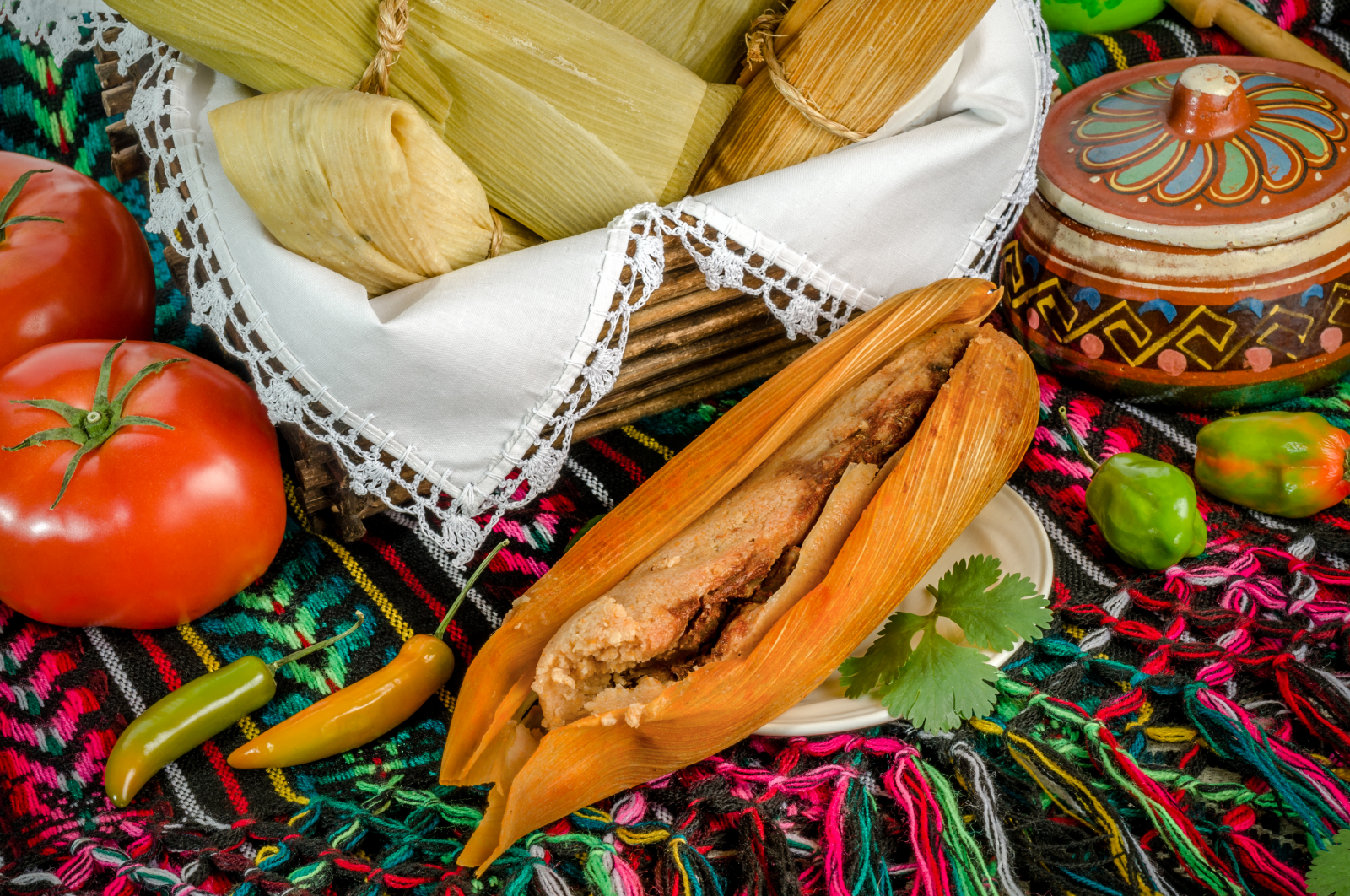© Pexels / Satyam Verma
Pilaf Rice
Pilaf is a popular type of rice that has links with ancient Persia (nowadays Iran). The history of pilaf rice dates back thousands of years, and with time has spread across different cultures and regions around the globe.
The term 'pilaf' is derived from the Persian term 'polow' or 'polo', which means 'rice'. Originally, it was mixed with meat, vegetables, and spices, cooked together to create a delicious and aromatic stew. In Persian cuisine, this preparation became part of the region's kitchen culture.
Pilaf rice became particulary popular as trade and cultural interactions expanded, particulary in relation to trade routes and conquests of empires. The Ottoman Empire played a crucial role in the spread of pilaf rice in Europe and the Middle East during the medieval period.
As pilaf rice adapted to different cultures and cuisines, regional variants emerged. For example, in Turkish cuisine, pilaf is known as 'pilav' and is often prepared with nuts. In Indian cuisine, pilaf is called 'pulao' or 'pulav' and is made with particular spices such as saffron.
Today, pilaf rice has become a common part of international cuisine. The technique used to make it is basic, and includes sautéing the rice in fat before cooking it in broth or water, which gives it a distinctive flavor and texture.
